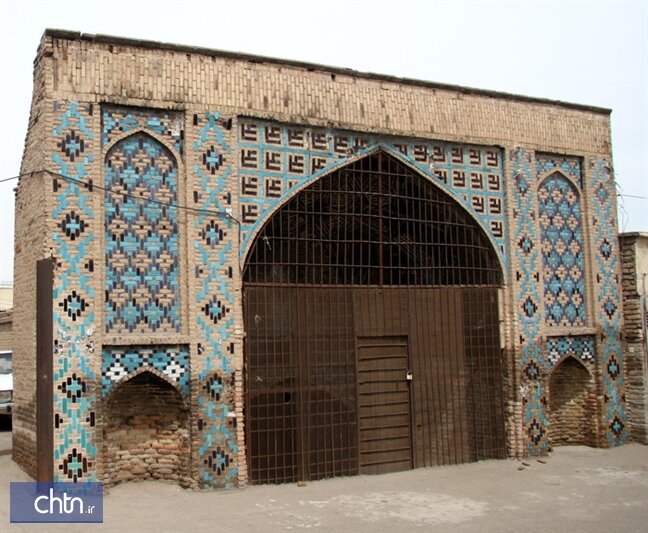Qajar-era cistern to undergo restoration

TEHRAN – Qajar-era (1794–1925) Sardar Ab-Anbar (cistern) in northwestern province of Qazvin will undergo some rehabilitation works, provincial tourism chief has said.
The cistern’s insulation, worn-out walls and ceiling need urgent restoration, which will be done in the near future, Ehsan Nurani said, CHTN reported on Tuesday.
The cistern, which is one of the biggest of its kind, was built by Sardar brothers in 1815. It is located adjacent to Qazvin’s two important tourist attractions, Sardar Mosque and School, and Soltan Seyyed Mohammad Holy Shrine.
The term Ab-Anbar is common throughout Iran as a designation for roofed underground water cisterns. It associates with water management systems in arid areas that are reliant on permanent springs or on seasonal rainwater.
Such underground reservoirs or Ab-Anbars are parts of the iconic qanat systems, which rely on snow-fed streams flowing down from surrounding mountains.
Qanats, according to the UNESCO, provide exceptional testimony to cultural traditions and civilizations in desert areas with an arid climate.
Qazvin was once capital the mighty Persian Empire, under Safavids, from 1548 to 98. It is a major tourist destination with a wonderfully restored caravanserai-turned-arts precinct, some quirky museums and a handful of decent eating options. For most travelers, Qazvin is also primarily the staging point for excursions to the famous Castles of the Assassins and trekking in the sensational Alamut Valley.
Also known as the castle of the Assassins, the 12th-century Alamut castle is nested on top of a peak. It was once a shelter for the followers of Hasan-e Sabbah (1070–1124) who was a spiritual leader of an Islamic sect. In the early 1930s, British-Italian explorer and travel writer Freya Stark described her exploration of the place in her book “The Valleys of the Assassins”.
Qazvin is also home to one of the biggest roofed caravanserais of the country, Sa’d-al Saltaneh caravanserai. Dating back to the Qajar era, it’s a place for discovering tens of Hojreh or shops, cafes, yards, and a stunning mosque. It’s a place for visitors who want to experience the culture, culinary and hospitality of Iran.
ABU/MG
Leave a Comment